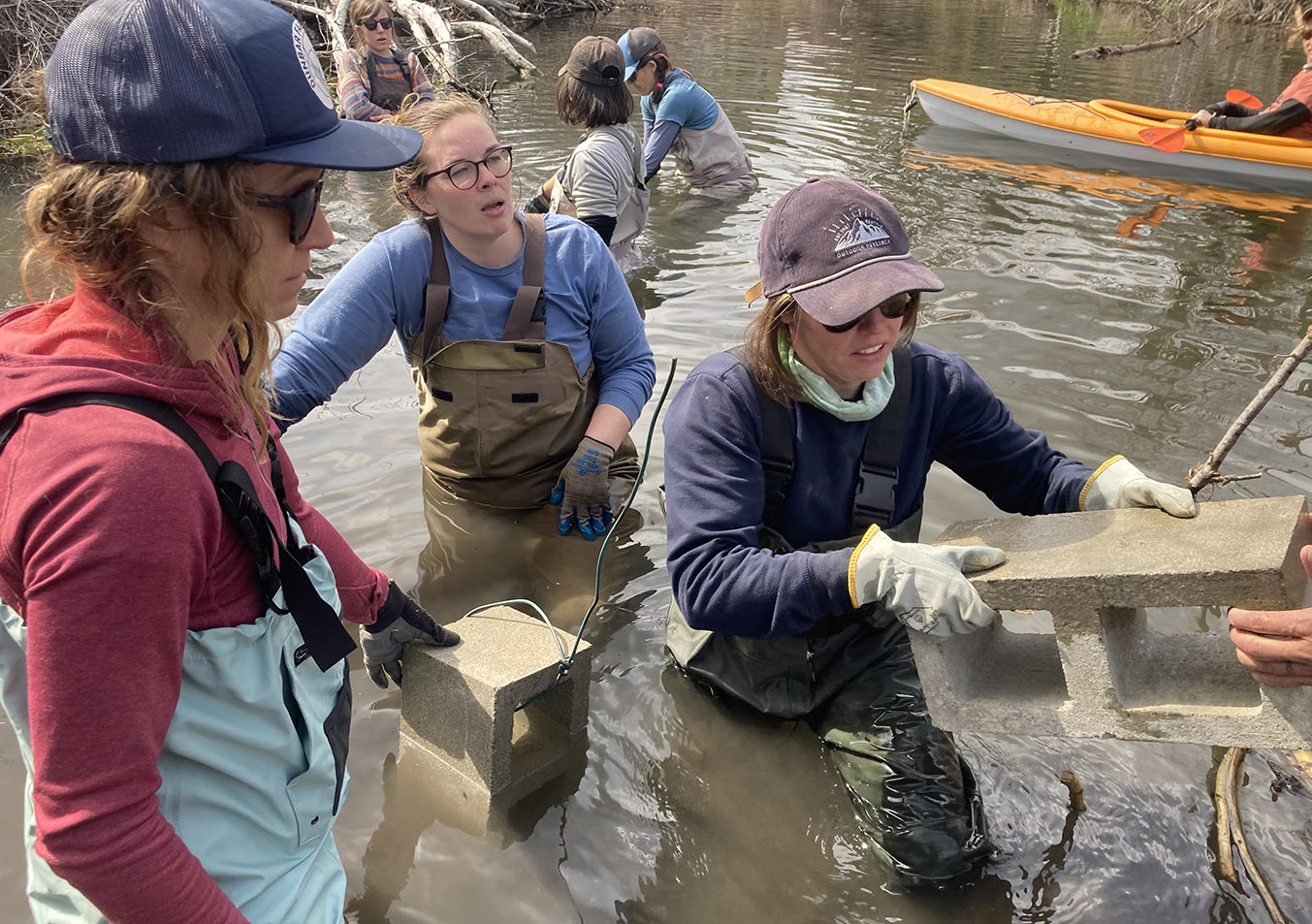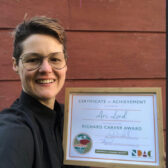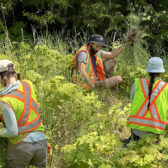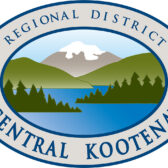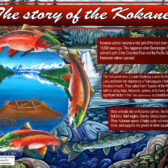Beaver Dam Analogues regulate stream flow and temperature, enhancing fish-rearing habitat
By Jesse Zeman, BCWF Executive Director
Beaver dams are a marvel of nature, creating natural wetlands that are home to myriad species in addition to the furry families that build them. Dams create riparian zones, saturate soils, and store water for slow release, helping to regulate flow and temperature in fish-bearing streams.
The rate of development in our watersheds is outpacing our capacity to conserve key wetland and stream ecosystems. Beavers and their dams can help reverse that trend, but you don’t need to be a beaver to pull together saplings, branches, twigs, leaves and mud.
That’s why the B.C. Wildlife Federation and its partners are building beaver dam analogues at dozens of locations around the province. That’s just a fancy way of saying that our conservation stewards, local groups and First Nations are teaming up to build dams in places where beavers haven’t got around to it.
Once dams are in place, beavers have even been known to move in and take over the maintenance.
BDAs are a low-cost approach to wetland restoration and fish habitat enhancement designed to mimic natural wetlands and ecological processes. Over the next three years, we plan to build 100 beaver dam analogues and measure their efficacy for addressing watershed threats and supporting fish and wildlife.
BDAs are fast becoming an important tool to address drought and low-flow stream habitat for steelhead and other salmonids.
A recent study of 28 tributaries in the North Thompson Watershed found that extensive logging near streams and rivers is driving up water temperatures and threatening the survival of endangered salmon populations. Higher water temperatures slow and even stop fish growth, because salmon are adapted to cool water and higher temperatures increase their metabolism.
Two years ago, the temperature of the Okanagan River was measured at more than 23C, causing sockeye salmon to halt their migration. Drought and summer heat combine to lower stream flows and raise temperatures to dangerous levels.
A study of the Nicola River system found that the flow when Chinook salmon are rearing as juveniles was the most important predictor of productivity. Higher summer flows during adult spawning and migration appear to boost productivity, the authors wrote. On average, cohorts that experienced 50 per cent below average flows during spawning and rearing had 29 per cent lower productivity. Over the past 100 years, Nicola River flows in August have decreased by an average of 26 per cent.
Without major intervention our iconic salmon species are at grave risk. That is why we are taking action now.
The restored wetlands will maintain and improve water quality by filtering out pollutants and protecting the integrity of lakes, rivers, streams, and community water supplies within the watershed. This project will also increase water quantity and ease freshwater shortages by storing excess water during wet seasons and gradually releasing it to streams and underground aquifers during dry periods. Improvements to stream habitat will increase high-quality rearing habitat for fish.
“A Habitat Conservation Trust Foundation grant and support from the Province of British Columbia for the Water, Water, Everywhere project will enable the BCWF to strategically place wetlands designed to mimic beaver dams with ability to restore and enhance wildlife habitat and riparian areas all over B.C.,” said Neil Fletcher, BCWF Director of Conservation Stewardship. “Installing beaver dam analogues with local partners will allow us to share our skills and expand our network of conservation stewards.”
The B.C. Wildlife Federation has retained a full-time Indigenous Liaison, who will continue to help coordinate partnerships and engagement with First Nations across all wetland and stream restoration projects. The BCWF also makes concerted efforts to involve First Nation communities in any field work opportunities within their traditional territories.
We have already trained several First Nations technicians to collect data and to conduct their own assessment of wetlands in their traditional territories.
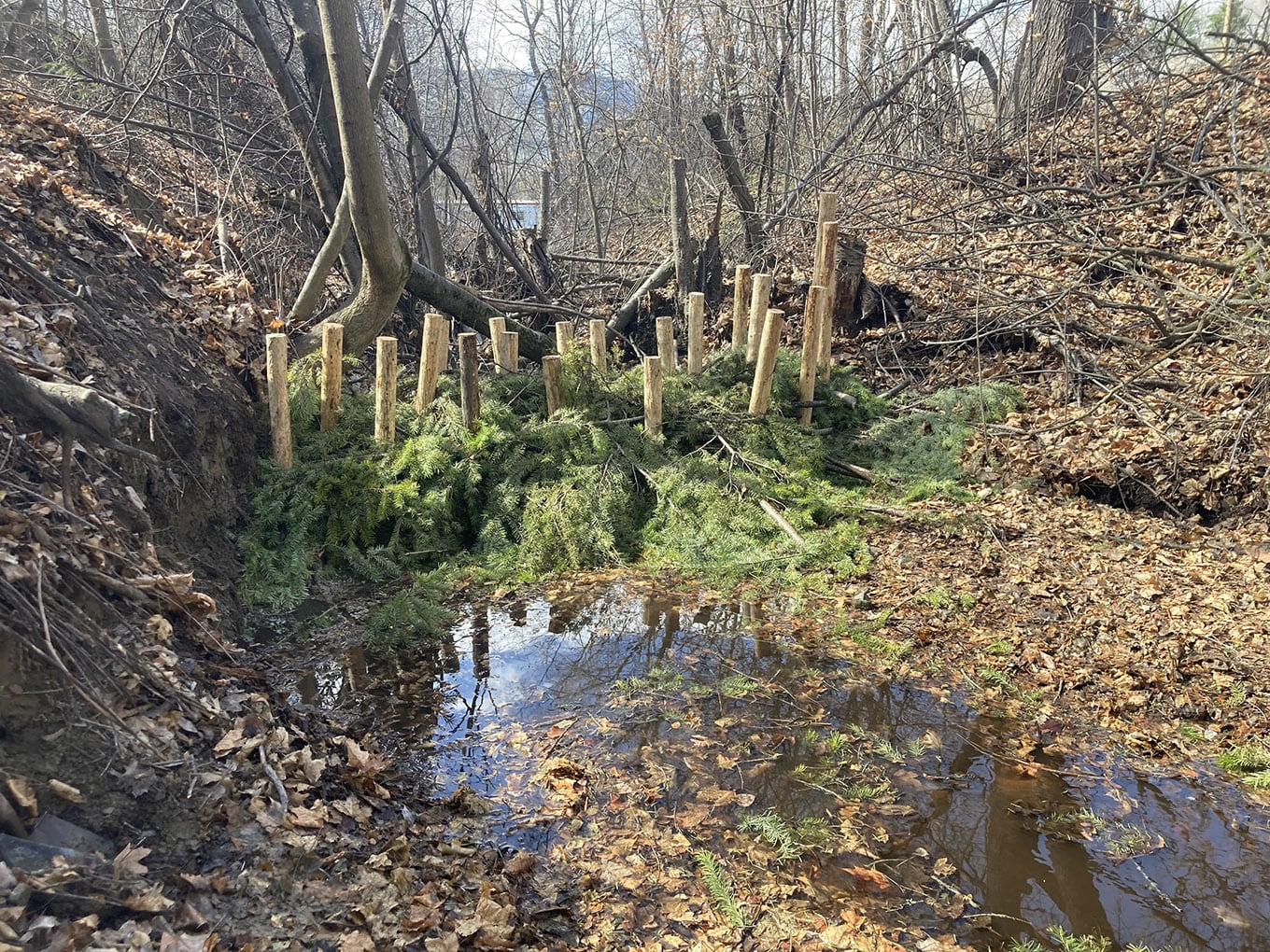
BACKGROUND
Water, Water, Everywhere: This multi-year initiative has three main goals: to install a minimum of 100 small strategically placed wetlands with beaver dam analogs as a launch of the 10,000 Wetlands Initiative, to restore and enhance at least 18.4 ha of wetlands and 1.4 km of riparian habitat in selected sites around the province, and to refine decision making tools for management and stewardship of wetland habitats through the advancement of the Wetland Ecosystem Services Protocol (WESP) and province-wide improvements to wetland inventory. HCTF has contributed $100,000 to the project.
The Wetlands Institute workshop provides training to practitioners involved in wetland stewardship projects in B.C. The 2023 Institute will be hosted in the Thompson-Nicola region, providing high-quality training and hands-on wetland restoration and design experience while supporting regional initiatives, and include a virtual Speaker Series on topics of value to wetland practitioners to support a greater and more diverse audience. HCTF has contributed $55,269 to this BCWF initiative.


